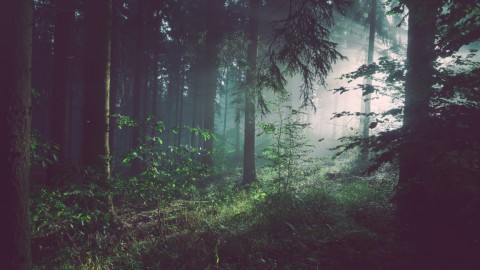Types and Usage
A statue is a freestanding sculpture which depicts a person or group of people. An equestrian statue depicts a horse and rider, while an equine statue portrays only a horse. Essentially a work of representational art, a statue is typically made full-length or close to life-size: in contrast, a bust depicts only a head, or head and shoulders; while a statuette or figurine is a small-scale work that can be held by hand. Lastly, unlike relief sculpture, a statue is capable of being viewed from all sides; however, precisely because it is freestanding, a statue is considerably more restricted in the range of its subject matter than a relief. In particular, its weight must be carefully balanced, thus limiting, or at least restraining, its size and shape. As a result statues tend to depict single figures and limited groups, while reliefs are free to portray more complex pictorial subjects involving crowds, battle scenes, historical events, architectural backgrounds and so on.
Types of Statue
Being representational, a statue should not be wholly abstract, although it may be expressionist to the point of semi-abstraction (like Boccioni’s Unique Forms of Continuity in Space). Statues may simply stand alone, or form part of an architectural structure (cathedral, altarpiece, tomb). Specific types of statue or statuette include:
• Venus: type of prehistoric statuette.
• Kouros: an early greek statue of a young man.
• Kore: the female counterpart of the kouros.
• Column statue: figure on architectural column.
• Pieta: Virgin Mary mourning the dead Christ.
• Madonna and Child: the Virgin Mary holding the infant Jesus.
• Equestrian Statue: a sculpture of a person on a horse.
• Monumental Statue: like The Statue of Liberty or Spring Temple Buddha.
Composition and Materials
The composition of statues varies enormously. They can be made from traditional materials like stone (Women’s Titanic Memorial 1931), marble (The Marly Horse 1745), bronze (Burghers of Calais 1889), clay (Terracotta Army 208 BCE), wood (Holy Blood Altar 1504), or ivory (Lion Man of Hohlenstein Stadel), as well as from precious metals like gold (Broighter Boat 50 BCE), silver (Kneeling Bull with Vessel 3000 BCE), copper (Statue of Liberty 1886) or chryselephantine (Athena Parthenos 445 BCE). Other materials from which statues can be sculpted include: contemporary media such as scrap metal, plastic, aluminium, concrete or “found” items, although this latter form of junk art is usually limited to abstract rather than representational works.
As a general rule of thumb, stone sculpture is most popular for monumental works located outside and open to the elements. Marble sculpture along with bronze sculpture were the two favourite materials of Greek artists, while the Romans preferred marble. Wood carving was the favourite plastic art in Germany and Austria, especially during the era of Late Gothic sculpture, while ivory carving was especially popular in Byzantine art.
Tags: Discover Yourself Live Your Truth Statue of Unity










